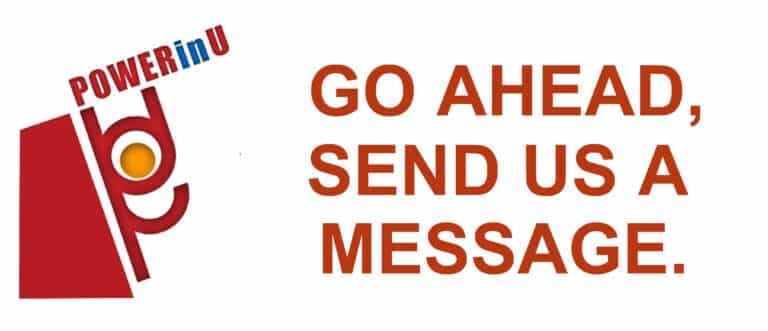By Benjie Garcia
Companies have been forging ahead with efforts to enhance employee engagement in order to enhance productivity, optimize employee turnover, improve quality and increase profitability.
An often quoted research finding comes from Gallup that mentions only 13% of employees in their worldwide survey are “Engaged”. Although the numbers vary, other surveys confirm the challenge of relatively low engagement levels among employees.
Despite significant efforts, usually driven by the HR function, raising employee engagement continues to be a challenge for many organizations. This issue takes on greater urgency when one considers that many organizations have been implementing employee engagement programs for the past 30 years. To be fair, earlier initiatives were focused on employee satisfaction which was based on a different model.
In one of his video blogs, Dr. Marshall Goldsmith brings up an insightful observation that most employee engagement programs are focused on what companies are doing to improve engagement but perhaps not enough attention has been given to helping employees engage themselves. Through my years of work experience across cultures, I’ve subscribed to the view that all an organization can do is to provide the resources and environment for engagement but, ultimately, it is the employee who makes the choice. With this in mind, let me share three coaching techniques employees can practice to enhance their level of engagement at work :
- Active Questions – In his latest bestselling book “Triggers”, Dr. Marshall Goldsmith suggests the use of simple but powerful active engaging questions a person asks herself/himself at the end of each day:
- Did I do my best to set clear goals today?
- Did I do my best to make progress toward my goals today?
- Did I do my best to find meaning today?
- Did I do my best to be happy today?
- Did I do my best to build positive relationships today?
- Did I do my best to be fully engaged today?
Based on research findings, beginning each question with “Did I do my best” in these self-reflection questions enables a person to take accountability for her/his own engagement and happiness.
- Four Seconds – In his book “Four Seconds”, Peter Bregman shares research findings that our reactions to events are not unpreventable. All it takes is for us to pause for 4 seconds when faced with an uncomfortable emotion. This seemingly brief period enables a person choose a productive response. Furthermore, this ability to pause and choose our response can be developed through a daily habit of meditation.
- Performance Statement – Jason Selk (a contributor at Forbes.com) shared the use of thought replacement using a performance statement. By shifting the mind’s focus away from the problem or stressful event and towards a productive statement such as “breath, listen, appreciate.” A person can formulate her/her own performance statement that enables the person to focus the mind on positively completing an important task.
By encouraging our employees to develop these and many other self-coaching techniques, they will be better equipped to maintain a positive level of engagement as they face challenges, issues and stressful situations at work and outside of work.

